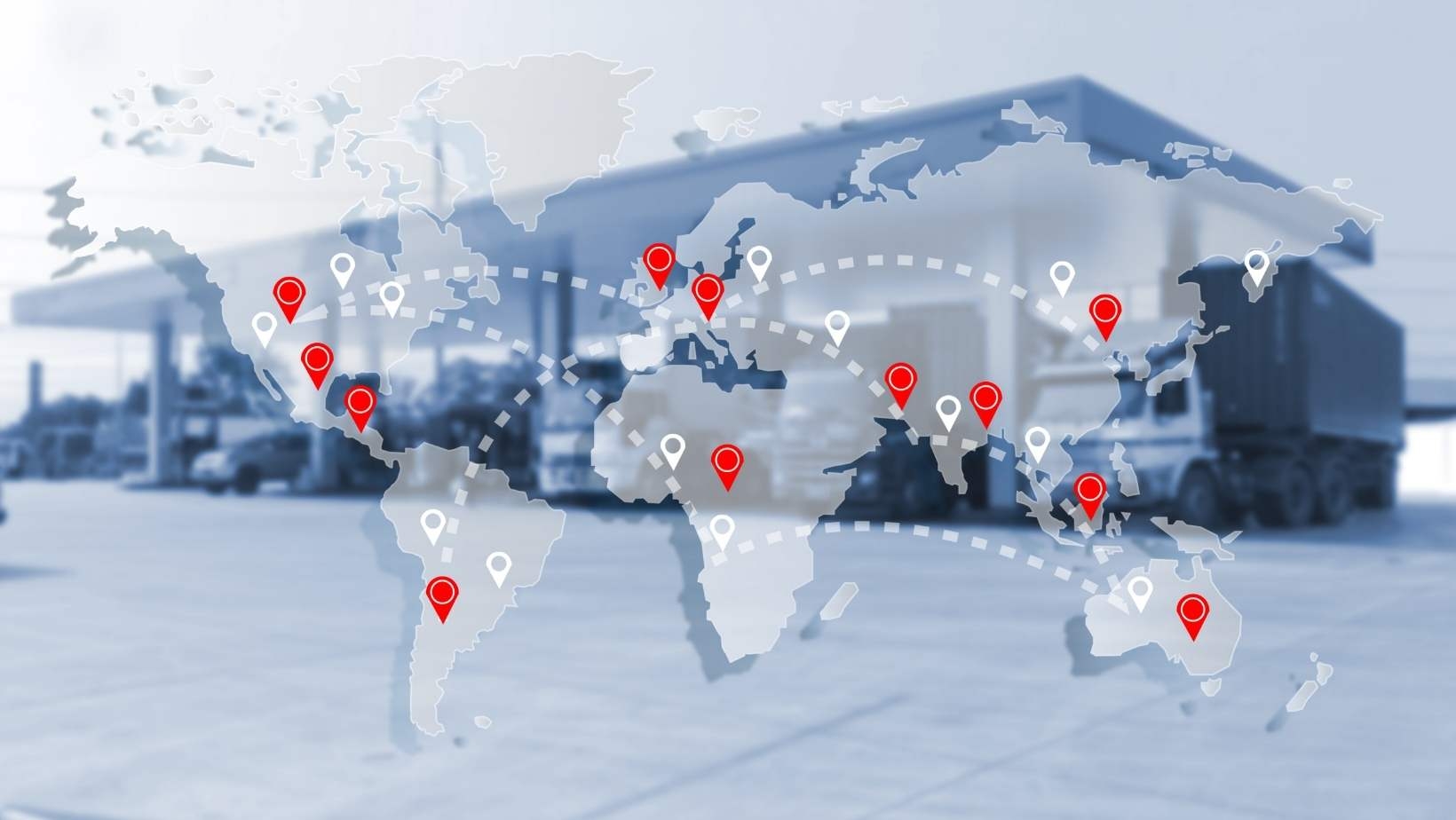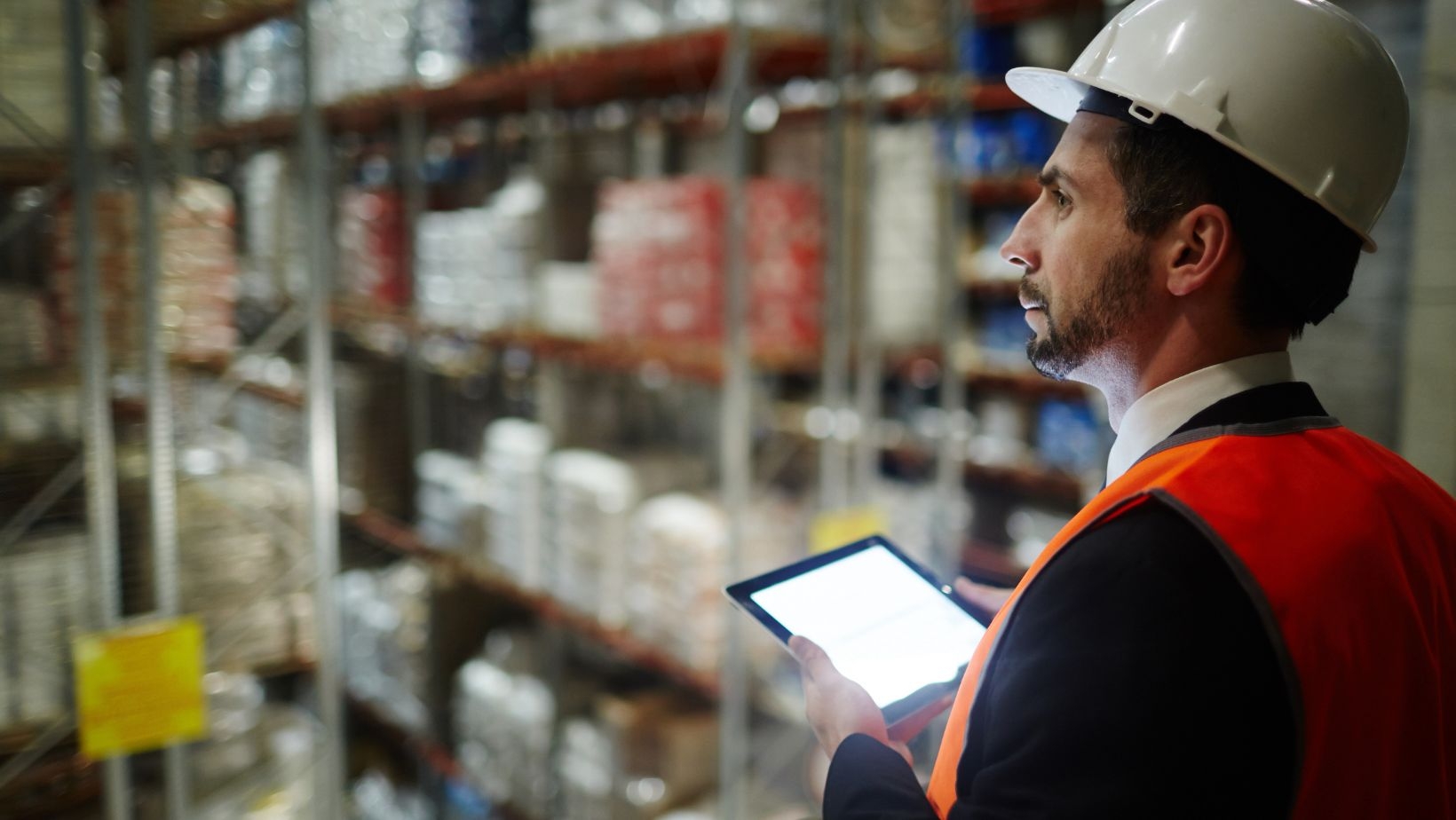News -Jul 21, 2022
Palletizing: What It Is, How It Works and How To Pick It

SimpliRoute
Logistics
Industry
Distribution
Palletizing is an increasingly important method of packing products for shipment, storage and easier inventory control in supply chains. Usually, the pallets contain layers that alternate directions for greater stability. Each layer has a specific numbert of products, which makes counting products considerably easier.
Palletization was initially accomplished by manually stacking products, but modern automated systems are increasingly used by businesses. The process of using industrial robotic systems enables companies to treat multiple numbers of products as a single unit in accounting, monitoring and shipping. Robots handle the loading and are programmable for different products, and they automate tasks that prove boring, repetitive and possibly harmful to workers. Robotic systems can speed loading, lift heavier loads and keep products safer.
Automated palletizers relieve your employees of the burden of repetitive motions that lead to back injuries, accidents caused by products becoming unstable and falling. Automation also stabilizes pallets and reduces the chances of loads becoming unbalanced while being shipped on trucks. Palletization offers manufacturers and wholesalers distinct advantages because you can program your equipment to stack products based on volume or weight. Automation reduces shipping costs by streamlining all processes.
What Is Palletizing?
The palletization process involves stacking a large quantity of identical products for greater convenience in shipping and inventorying products bought in wholesale lots. Some retailers also use pallets to display and sell products, which you commonly see in warehouse retail operations. The stores move stacks of products using a forklift, and that contributes to lower costs of buying products in bulk.
What is the Function of the Palletizer?
Palletizers are robotic machines tha can sort, count, transfer and stack products on pallets at the end of the manufacturing line. The machines automate the process, cross-stack products in alternating directions for stability and improve every aspect of high-volume shipping. The process provides more stable load configurations, greater precision and faster loading.
Manual loading is fraught with risks that include great physical stress on workers. An early version of a row-forming machine was developed back in the 1950s, but modern computers and technology advances have greatly improved the process. Modern palletizers can handle various products faster and more efficiently, and those benefits extend to shipping companies and retailers. The machines can even handle oddly sized products, bottles and heavier items that a person would have trouble lifting.
How Palletizing Works
Modern palletizers work to orient products in stable stacks and convert hundreds of products into a single unit for accounting purposes. Most palletizers are used at the end of the manufacturing process to stack products right off the assembly line, which immediately generates warehousing storage benefits. The palletizer is usually the end procedure of complex automation that includes counting production, sorting and labeling products, storing them and finally shipping the products.
Palletizers are often integrated to weigh, sort, count, label, package and detect any metal. Some of these procedures might be handled by other equipment. The concept of the unit load is to turn multiple products into one unit. This involves the following processes:
Filling Boxes Completely
Choosing the right size boxes to fill completely is important to prevent the boxes from crushing. Wrapping products individually provides an extra layer of protection. The boxes are usually filled with cushioning material. Boxes are then oriented and stacked on the pallet.Stacking and Distribution
Boxes should be stacked in a pattern ,that distributes the weight evenly to prevent shifting. Boxes shouldn’t overlap the edges of the pallet.Securing Items with Pallet Wrapping
Pallets are further secured with heavy-duty plastic wrapping layers to bind everything together as a single unit. Corners are often protected with cardboard or Styrofoam.Choosing Pallet Types
Choosing the right types of pallets involves maximizing space and matching the pallets to the palletizer types. Pallets also come in different materials like plastic, steel, paper and wood, and the weight and size of the pallets must match for consistency.Palletizing Unusually Shaped Items
Palletization of unusual[y shaped items might require different packing strategies. For example, industrial equipment and components might require being strapped to the pallet.
The pallets generally have two-way or four-way openings for forklifts or hand trucks to enter. Standard pallet sizes vary according to region such as North America, Europe, Asia, Australia, etc.
What Are the Different Types of Palletizing Systems?
The different types of palletization systems include manual packing, low-feed and high-infeed palletizers. Low-feed systems work with your existing floor-level conveyors. Modular designs make it possible to fit most system designs.
Robotic palletizers are placed between a dispenser and conveyor, and they access products directly from the conveyor line. These offer the best cost-value, operate intuitively and have high safety ratings. They can be configured based on space restrictions.
High-infeed palletizers rank among the most advanced systems that deliver comprehensive packaging services as well as packing stable pallets.
How to Pick the Right Palletizing System for Your Logistics Operation
The process takes some research,but you can get a good idea by comparing prices and features of different systems. Check the customer service reputation of prospective suppliers. Remember that each system has criteria you need to know that include energy efficiency, sustainability, life expectancy of the equipment and repair costs and downtime.

